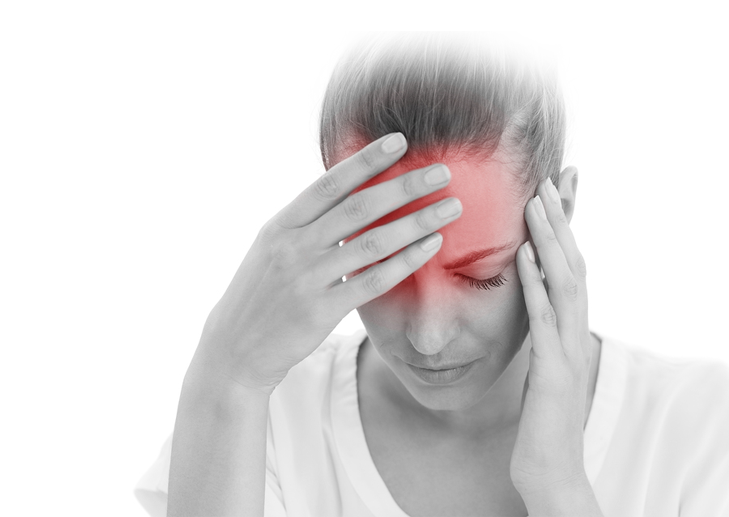 (801) 406-6763
(801) 406-6763 


At Herriman Headache Center, our foremost goal is to provide you relief from your chronic pain and discomfort. If you suffer from any of the following issues, we can help:
Stop relying on medication for a temporary respite from your pain. Instead, come experience our non-invasive therapies and treatments, and learn for yourself how incredible long-term relief can be.
Your headache is ultimately the symptom of an underlying issue. Taking medication may temporarily alleviate your pain, therefore, but it will do nothing to fix the actual cause for your headache.
For example, in some cases, chronic headaches can be the result of imbalances in your jaw and facial muscles. This imbalance leads to a variety of possible symptoms, including:
If you suffer from chronic headaches or other accompanying symptoms, then visit Dr Dansie and his team to see what you can do to change the source of your headaches. Instead of masking the problem with more and more medication, he can help you treat the true cause and culprit behind your symptoms to provide overall relief.


To ensure that we provide you with the most appropriate combination of treatments for your unique situation, we first perform a comprehensive examination to determine the underlying cause of your headaches and other symptoms.
This analysis will include:
A full review of your medical and headache history;
Since headaches can occur for a vast number of reasons, we begin by asking you for details about your specific headache symptoms, including their intensity, location, length, and frequency. We also review your past medical history, including any history of head or jaw trauma, for information that may help us to determine an appropriate treatment plan.
An analysis of your head and neck range of motion;
Chronic tension and inflammation in your neck and shoulder muscles can significantly limit the range of motion for your head and jaw. We measure the extent to which your own range of motion has been affected. This information helps us to determine the best treatment options for your situation.
A thorough muscle exam to identify any active or latent trigger points;
Trigger points are areas where muscles have tensed or knotted up. These can cause frequent pain (active), or they may only hurt when pressure is added (latent). Both latent and active trigger points in your face and neck can lead to chronic headaches. We perform a complete muscle exam of your facial and neck muscles to identify any of these potential problem areas.
A bite force analysis of your jaw to identify any possible dental imbalance.
At Herriman Headache Center, Dr. Dansie employs state-of-the-art technology to analyze your mouth and jaw function. During your bite force analysis, we check for any dental imbalances that you may have when you open or close your mouth and when you chew. This amazing technology lets us determine both the direction and amount of force supplied by any one tooth and thus identify the exact location of a bite force issue.
At Herriman Headache Center, we employ a combination of treatments that work in conjunction to lessen your pain, reduce inflammation, and ease muscle tension.
Our treatment methods include:


What would happen if you always had a small rock in your shoe?
You'd start to limp. Your brain would sense pain whenever you put weight on that foot, and it would compensate by telling your body to rely more on your uninjured side. Eventually, your foot would heal, and you'd stop limping.
But wait for a moment. What if your foot never healed - or what if it healed incorrectly? The pain would remain, and you'd never stop limping. Over time, the muscles in your uninjured leg would get worn out and stressed from having to overcompensate. Those muscles would start to experience chronic pain - even pain in areas far distant from the rock in your shoe like your legs, hips, and back.
The same thing can happen in your mouth.
When you bite down or chew, you ideally should be putting the same amount of pressure on both sides of your mouth. If your bite isn't properly balanced, though, your brain will tell your jaw to change where and how it bites down. The muscles in your face start working harder to compensate for your unaligned bite. Over time, if the original issue with your bite is never fixed, then those facial muscles begin to spasm. Pain takes over.
With the leg pain described above, you'd first have to remove the reason for the limp.
Your facial pain works the same way. First you have to address the cause: your misaligned bite. Then the rest falls into place, and your pain disappears.